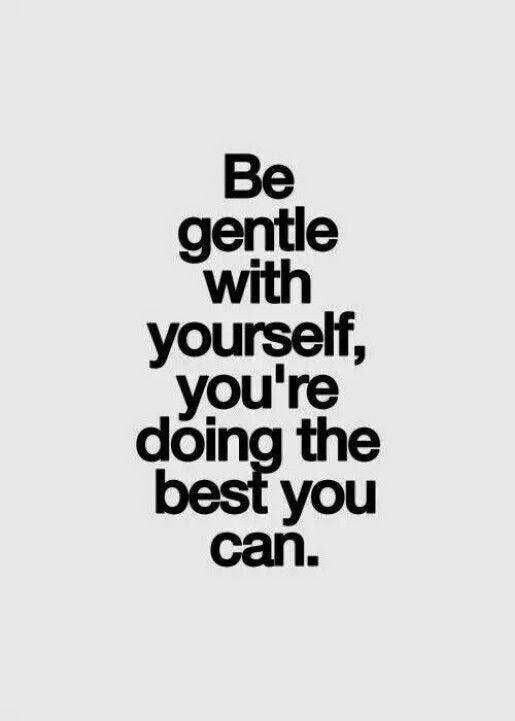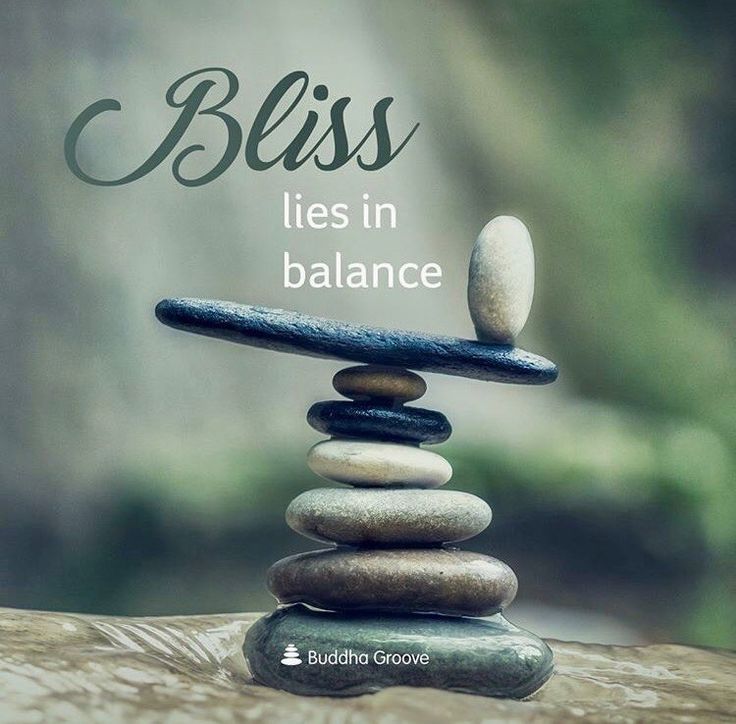Let’s be honest—life is chaotic. Between juggling work deadlines, family responsibilities, and the endless scroll of social media, it’s no wonder our brains sometimes feel like scrambled eggs. But with mindfulness made easy, you are good to save the day!
It’s not some mystical, unattainable skill that requires you to live on a mountaintop and chant “Om” all day. Nope, guided mindfulness is for everyone—yes, even you, the caffeine-powered multitasker.
So, what exactly is mindfulness? In simple terms, it’s the art of being present. It’s about fully living in the moment instead of letting your mind wander off like a puppy chasing squirrels.
As Thich Nhat Hanh said, “The present moment is the only time over which we have dominion.” Powerful, right? Now let’s dive into mindfulness meditation made easy: seven simple yet effective mindfulness techniques to help you stay calm and collected all day long.
Mindfulness Meditation – 7 Ways to Practice Mindfulness
1. Practice Being Present
Think of your mind like a camera. Too often, we’re stuck in selfie mode—overanalyzing the past or stressing about the future. Switch to the wide-angle lens and focus on the now. Whether you’re sipping coffee, typing an email, or petting your dog, give that moment your undivided attention.
How to implement: To practice being present, Start Small. The next time you eat a meal, put your phone down (yes, seriously) and savor each bite. Notice the flavors, textures, and even the sound of your fork clinking against the plate. Not only will your meal taste better, but your mind will thank you.
Pro tip: Make this a game. Whenever you catch your mind wandering, say “Gotcha!” and gently bring your focus back to the present. Bonus points if you do it without judgment.
2. Focus on Breathing
Your breath is your built-in stress buster. When life gets overwhelming, your breathing often speeds up. By consciously slowing it down, you can trick your brain into thinking, “Hey, we’re chill.” Buddha nailed it when he said, “To breathe in and out is a wonderful thing.”
How to implement: Try the 4-7-8 mindful breathing meditation. Inhale through your nose for 4 counts, hold your breath for 7 counts, and exhale through your mouth for 8 counts. Repeat this a few times whenever you feel anxious or need a reset.
Pro tip: Also, not just focus on breathing, but pair your breathing exercise with a catchy mantra like, “Inhale calm, exhale chaos.” Cheesy? Maybe. Effective? Absolutely.

3. Listen to Motivational Stuff
Daily mindfulness requires daily motivation. The world can be a noisy, stressful place. But instead of tuning into the doom-and-gloom channel, why not switch to learn mindfulness with some motivational content?
Whether it’s a podcast, audiobook, or a YouTube video, feeding your brain positive vibes is like giving it a spa day.
How to implement: Dedicate 10 minutes a day to listening to something uplifting. Commute to work? Plug in your headphones and let someone like Brené Brown or Jay Shetty drop some wisdom bombs. Washing dishes? Play an inspiring TED Talk. Double the productivity, double the calm.
Pro tip: Create a playlist of your favorite free masterclass mindfulness and motivational tracks. That way, you’re always one click away from a mindset boost.
4. Observe Your Thoughts
This is among the top mindfulness exercises for anxiety and depression.
Here’s a truth bomb: You are not your thoughts. Your mind is like a river, constantly flowing with ideas, worries, and random musings about what’s for dinner. Mindfulness teaches you to sit on the riverbank and watch the thoughts float by without jumping in.
How to implement: Spend five minutes a day doing a “thought inventory.” Close your eyes, take a few deep breaths, and simply notice what pops into your head. Don’t judge or engage; just observe. You might be surprised by what’s swirling around up there.
Pro tip: Picture your thoughts as clouds drifting across the sky. Some are fluffy and light, while others are dark and stormy. Either way, they’ll pass.
5. Sound Watching
Okay, this one might sound a little woo-woo, but stick with me. Just like you can observe your thoughts, you can also observe sounds. Tuning into the sounds around you—birds chirping, cars honking, leaves rustling—is a fantastic way to ground yourself in the present, calming thoughts.
How to implement: Take a few minutes to sit quietly and listen to your environment. Try to identify as many distinct sounds as possible. It’s like a mindfulness scavenger hunt!
Pro tip: Make this a daily ritual. Sit on your balcony, porch, or even by an open window. It’s amazing how calming the world’s natural soundtrack can be.

6. Write Down What Bothers You
Sometimes, the best way to clear your mind is to pour it out onto paper. Journaling is among short mindfulness exercises, like having a heart-to-heart with yourself. As Anne Frank wisely said, “Paper has more patience than people.”
How to implement: Grab a notebook (or open a notes app) and jot down whatever’s bugging you. Don’t worry about grammar, spelling, or making sense. Just let it all out. Once it’s out of your head and onto the page, it’ll feel a lot less overwhelming.
Pro tip: End your journaling session with a gratitude list. Write down three things you’re thankful for. It’ll help shift your focus from problems to blessings, see mindfulness made easy?
7. Look at the Brighter Side
If you practice mindfulness meditation with a negative mindset, it won’t work. You MUST adhere to a positive attitude!
Ah, the classic “glass half full” mindset. It’s not about ignoring life’s challenges; it’s about choosing to focus on the good stuff. As Oprah Winfrey put it, “The more you praise and celebrate your life, the more there is in life to celebrate.”
How to implement: Practice reframing negative thoughts. For example, if you’re stuck in traffic, instead of fuming, think, “This is a great chance to listen to my favorite podcast.”
Pro tip: Keep a positivity jar. Every time something good happens, write it on a slip of paper and toss it in. On tough days, pull one out and relive the moment.
Wrapping It Up – Mindfulness Made Easy
There you have it—7 simple ways to daily mindfulness meditation into your routine. Remember, calm mindfulness meditation isn’t about achieving some perfect state of Zen. It’s about showing up for your life, moment by moment. As Jon Kabat-Zinn wisely said, “You can’t stop the waves, but you can learn to surf.”
So grab your metaphorical surfboard and start riding the waves of life with a little more calm and a lot more joy. You’ve got this!







